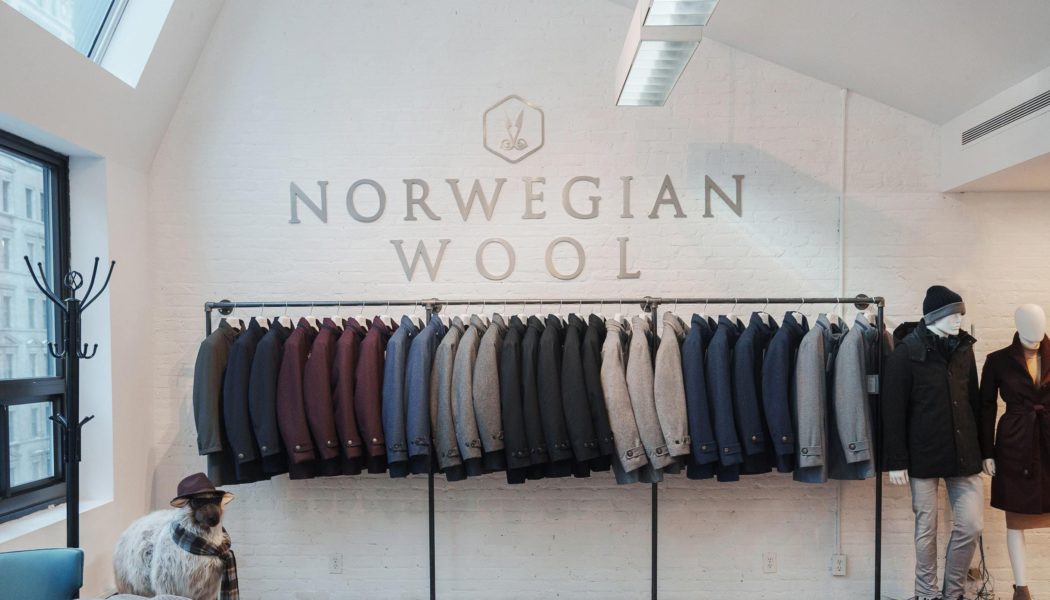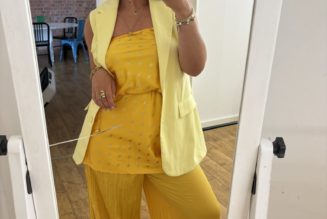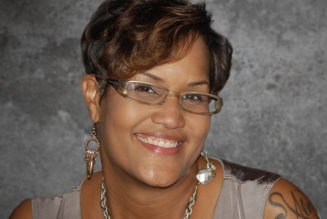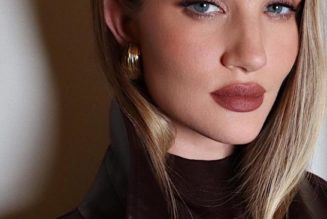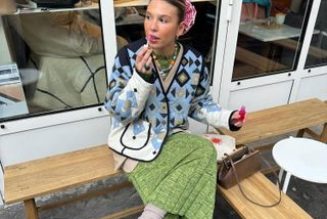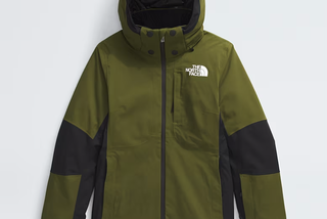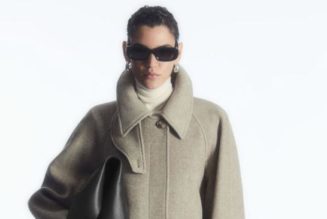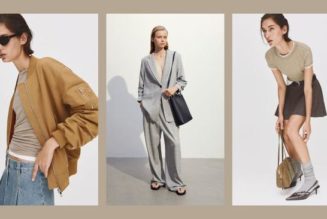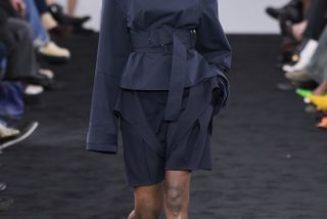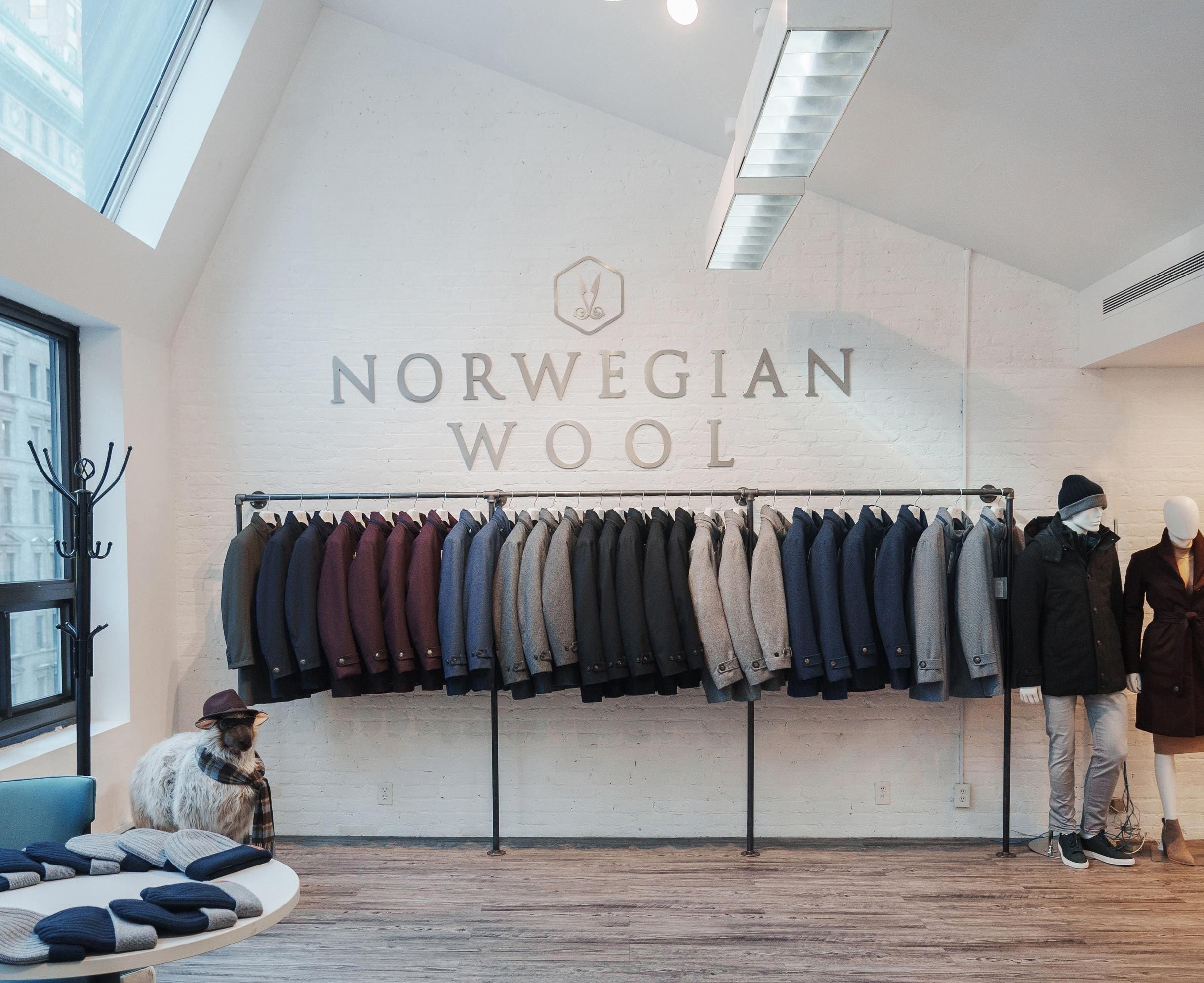
Fashion in film: It’s a chicken or egg question. Does the fashion worn by the characters on film reflect the trends already in the culture or does it set the trends that the culture follows?
One could argue both sides of the question, but I believe costume designers tap the undercurrents of cultural trends in the fashion they choose and, by bringing them to the surface on screen, establish the fashion codes and cues the rest of us eventually follow.
So it was with Sex and the City in its first run from 1998 to 2004. The luxury lifestyle and brands that define it were just emerging as a cultural trend. The show put Manolo Blahnik, Jimmy Choo, Fendi, Gucci, Dolce & Gabbana and others few had heard of on the cultural map.
At the time, luxury was loud to signal the wearers’ status. The popularity of the series and its extended reruns gave luxury fashion brands a leg up to become the giants they are today.
Now some 25 years later and just completing its fourth season after starting in 2018, the Succession series is on the leading edge of the quiet luxury trend, which could well change the face of luxury fashion going forward like Sex and the City did in its day.
But unlike the SATC girls who talked endlessly about brands, the characters in Succession rarely talk about fashion. That’s made it more fun for the legion of the show’s fashionista fans to search out who’s wearing what in the scenes. And lead costume designer Michelle Matland has become a celebrity in the fashion world as SATC’s Patricia Field did back in the day.
One of the few brands mentioned in the series was Norwegian Wool, called by the New York Times “the coat to wear to Davos.” It’s a brand that the truly successful professional class has widely adopted in the quiet luxury style they prefer, where flashy logos and flamboyant design that calls attention to itself, not the individual wearing it, is scorned.
Quiet Luxury In Succession Style
Succession takes us into the world of the billionaire Roy family. Patriarch Logan, played by Brian Cox, went from rags to riches, but his four children – Conner, Kendall, Siobhan and Roman –have known only the riches and they don’t need brands or logos to display their status.
They dress right for every occasion, emphasizing quality and comfort in neutral tones. The thing that stands out most is how perfectly their clothes fit.
The Logans wear luxury quietly. Fashion is unworthy to talk about in the Roy family circle, though they do notice when someone makes a fashion faux pas, like when family cousin Greg brings a date to Logan’s townhouse sporting a “ludicrously capacious bag” emblazoned with Burberry trademark check, though no one mentions Burberry by name.
Norwegian Wool founder Michael Berkowitz (L) and actor Brian Cox (R)
One of the few exceptions through the show’s four seasons is when Conner refuses to check his coat at the door of Ken’s birthday party because “I don’t trust those things. I lost a ‘Norwegian Wool’ in a fusion restaurant in Vancouver,” he said.
That casual mention sparked a run on Norwegian Wool for those not already in the know to find out why it’s a brand that Conner covets.
Find A Need And Fill It
Most contemporary luxury brands get their start in much the same way. Their founders are fashion insiders driven by their creative vision and need to express themselves through their designs.
They are inwardly-focused, self-directed and most especially product-driven. If customers share their vision and like their product, they may be successful; if not, it’s back to the drawing board.
Commodities trader turned Norwegian Wool founder Michael Berkowitz took a different market-driven tack: he identified a consumer need, starting with a personal one, and created a product to fill it.
He followed a traditional business model based on identifying consumer needs, distinctly different from the fashion business model, focused on products that change with the season and what’s hot now.
Berkowitz is a New York City native, where it gets plenty cold, and he also had to travel the world, including visits to Norway and other Scandinavian countries. He needed a winter coat that kept him warm, traveled well and looked professional and polished when he arrived, but couldn’t find it.
“The first impression you make before sitting down at a meeting or a restaurant is the coat you’re wearing, but my warm coats weren’t nice, and my nice coats weren’t warm. I founded Norwegian Wool to solve for that,” he said.
“Looking good matters to hedge fund/private equity types, lawyers, doctors, real estate agents and other successful professionals. They don’t want to look like the Michelin Man coming into the room or in a cashmere coat that smells like sheep if it gets wet,” he added.
In his personal quest to find the right coat to wear in his commodities trading days, he asked a fashion insider buddy what brand he’d recommend. “His answer was, ‘Dude, when you find it, get me one because it doesn’t exist.’”
So he began doing research, sensing a business opportunity. He was drawn to Italian craftsmanship, style and fabrications but found the Italian brands didn’t know enough about weathering real cold to design for it in their coats.
And in his visits to the Scandinavian countries where cold is a fact of life, he was impressed with their design sensibility, which keeps it simple on the outside but has hidden performance attributes on the inside.
He discovered that coats in Norway offered exceptional neck protection and hoods, plus plenty of pockets big enough to hold everything a person needs, but didn’t have the elevated style of Italian brands.
“Our mission was to put those two worlds together – design from Scandinavia and craftsmanship from Italy – to create performance luxury for the business professional,” he said.
And when he founded the company in 2014, he picked a brand name that any Beatles aficionado would remember. It’s been bootstrapped all the way, with sales growing every year since, even during the pandemic.
Building A Coat And A Brand
On the outside, Norwegian Wool coats have a tailored luxury silhouette and fine-quality detailing. On the inside, they have performance attributes that make the real difference. They feature a non-puffy down lining, waterproof membrane, pockets galore, collars that protect and some coats have tuck-away hoods.
Different styles and lengths are available, like car coats and parkas that are long enough to cover a suit jacket but comfortable for sitting down. And all are lightweight and stretch with movement.
Starting out, Norwegian Wool focused exclusively on the men’s outwear market, estimated by Statista to total $44 billion worldwide in 2022. But women need warm, professional-looking outerwear too and four years in, it answered with a collection that meets her special needs.
“Women tend to run a few degrees cooler than men, yet when they go out, they must compromise on warmth. But designing for women is more complicated, so we prototyped design for two or three seasons until we felt we were there, then we sold out virtually 100% of the first collection, ” he said.
Today women’s makes up about 40% of sales, but with fewer styles available than men’s and Berkowitz expects women’s to reach 50/50 parity soon – globally, women’s outwear was also a $44 billion market in 2022 – and eventually exceed men’s share, since women buy more and spend more on their clothes than men.
And besides the brand’s styling and performance attributes, what makes Norwegian Wool especially appealing is its accessible luxury prices, with men’s from $995 to around $3,000 for a topcoat and women’s from $1,400 to $2,000.
Quietly Getting A Foothold In The Luxury Market
In starting out, Berkowitz faced many neigh sayers. Experts said he couldn’t compete with legacy luxury brands and their years of marketing and branding behind them with budgets to match. And he couldn’t find a manufacturer in Italy to work with.
Or that successful professionals don’t need warm coats to go from their private jets to their cars or from their chauffered vehicles to the office and restaurant. And that Covid killed the need for professional business dressing.
“Bullocks! Real people care about how they look. It’s human nature. They want to walk into a room and be taken seriously,” he said.
Despite the adversity, Berkowitz kept pushing on and found plenty of real people who understood how Norwegian Wool filled white space in the luxury market. Launched simultaneously direct-to-consumer online and wholesale, influential early adopters were Nordstrom, Neiman Marcus, Saks, Bloomingdale’s, and other high-end specialty clothing stores.
By getting a foothold with these respected luxury authorities, Norwegian Wool got true luxury cred that created a virtuous circle to drive online sales without a major marketing investment, or as many other DTC digital natives have found, the need to build out a retail network after DTC pricing has been baked into the cake.
“We built wholesale into our price structure from the start, knowing we needed retail middlemen. People need to try on coats,” he said. “They aren’t going to buy 10 coats online to return nine of them.”
He reports direct-to-consumer is now a bit bigger than wholesale, with company sales coming from over 50 countries and the brand carried in over 100 doors worldwide.
But what makes him most proud is customers’ passion for the brand, with about one-third of customers returning to buy a second or a third piece within two seasons.
“From the very start, we had to think and do things differently. We’ll lose if we try to do billboards the way Brunello Cucinelli does. We always have to think of creative ways of doing things, but stay true to our classic styles that are tailored and timeless and that solve a real problem people have, not follow trends.”
By not following trends, Berkowitz and Norwegian Wool have become part of one. The professional class needs clothing to work for them. They don’t want to work so hard to afford their clothes and don’t need logos to proclaim they’ve made it.
That is the essence of quiet luxury, as Succession costume designer explained to W Magazine:
”We certainly knew about the fact that certain kinds of wealth were not only not interested in a logo world, but were antithetical in feeling about it and not interested in being a part of it. There’s some disdain for the logo world—the Versace, overt color palette, big names on your t-shirt.”
